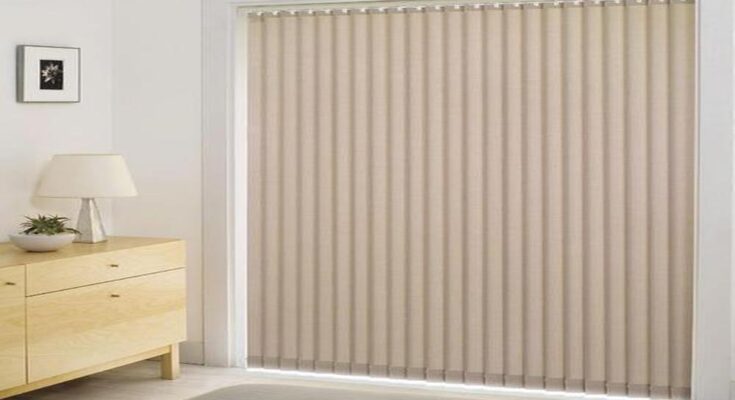Yes, smart curtains can be controlled remotely through various methods, including remote controls and smartphone apps. Here’s an overview of how the remote control and app functionality typically work for smart curtains:
Remote Control:
Smart curtains often come with a dedicated remote control that allows you to operate them from a distance. The remote control communicates with the curtains using wireless technology such as radio frequency (RF) or infrared (IR). It typically has buttons or a touch interface that lets you open, close, or adjust the curtains to different positions.
Smartphone App:
Many smart curtains can also be controlled through a smartphone app. To use the app, you usually need to connect the smart curtains to your home’s Wi-Fi network. Once connected, you can use the app on your smartphone or tablet to control the curtains remotely. The app provides a user-friendly interface with options to open, close, or adjust the curtains’ position with a tap or swipe.
Connectivity and Integration:
Smart curtains may use different connectivity protocols such as Wi-Fi, and Bluetooth to communicate with the remote control or smartphone app. This allows you to control the curtains using voice commands or incorporate them into broader home automation routines.
Scheduling and Automation:
Remote control and app functionality often include features for scheduling and automation. You can set timers or schedules to open or close the curtains at specific times of the day, providing convenience and energy efficiency. Automation capabilities may also allow you to sync the curtains with other smart devices in your home, such as lights or thermostats, for coordinated actions.
Are there any privacy concerns or potential drawbacks to using smart curtains?
While smart curtains offer convenience and control, there are some privacy concerns and potential drawbacks to consider:
Data Privacy: Smart curtains that connect to the internet or use a smartphone app may collect and store data about your curtain usage and preferences. This data could potentially be accessed by the manufacturer or third parties. It’s important to review the privacy policy of the smart curtain system and ensure that your data is handled securely.
Hacking and Security Risks: Like any smart device connected to the internet, smart curtains may be vulnerable to hacking or unauthorized access. Weak security measures or vulnerabilities in the system could potentially allow someone to control your curtains or gain access to your home network.
Dependency on Technology: Smart curtains rely on technology for operation. In the event of a power outage, Wi-Fi disruption, or malfunctions with the system, the curtains may not function as intended. This can be a drawback if you rely solely on smart functionality and lack manual control options.
Compatibility Limitations: Not all smart curtains are compatible with every smart home ecosystem or voice assistant platform. Before purchasing, ensure that the smart curtain system is compatible with your existing smart home devices or preferred voice assistant. To mitigate privacy concerns and potential drawbacks, consider the following steps:
Research and choose reputable smart curtain brands with a focus on privacy and security. Read and understand the privacy policy and terms of service before using the smart curtain system. Keep the firmware/software up to date to ensure any security vulnerabilities are patched. Implement strong network security measures, such as secure Wi-Fi passwords and router settings. Consider using smart curtains with local control options or manual overrides for situations when the smart features are unavailable.




